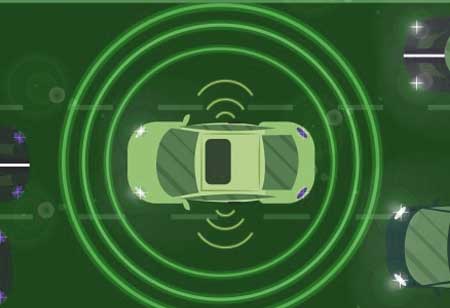Thank you for Subscribing to Auto Business Outlook Weekly Brief
Role Of 3D Printing in the Evolution of the Automotive Industry.
3D printing has relevancy in the vehicle sector, from designing and producing an attractive colored dashboard to designing efficient fuel systems and complex braking apparatus.

By
Auto Business Outlook | Wednesday, January 04, 2023
Stay ahead of the industry with exclusive feature stories on the top companies, expert insights and the latest news delivered straight to your inbox. Subscribe today.

3D printing has relevancy in the vehicle sector, from designing and producing an attractive colored dashboard to designing efficient fuel systems and complex braking apparatus.
Fremont, CA: Although 3D printing is still at its beginning in the auto industry, it is projected to obtain significant attention in the following years. Allied Market Research foretells that the worldwide automotive 3D printing industry will attain $2,730 million in 2023, up from $762 million in 2016. 3D printing, or additive manufacturing, has enlarged over the previous decade from a niche technology used to create simple prototypes to a necessity across all industries. 3D printing is a game-changer in the automotive industry as it allows rapid prototyping, reduces turnaround time, and increases flexibility. Other methods 3D printing is designating a foothold in automotive incorporate waste reduction and cost lessening.
Automotive prototyping: Automobile manufacturers place a premium on fulfilling high-performance criteria in security, fuel efficiency, connectivity, and aerodynamics. And the most effective method to achieve this target is through the use of prototyping. Also, the automobile industry gains from prototyping by lowering production time, reducing manufacturing costs, and developing novel, lighter, and cleaner car designs. To take benefit, automakers must exploit 3D printing technology to allow quick prototyping throughout the pre-manufacturing process. Especially additive printing is one of the most effective ways for confirming prototypes, from minor characteristics produced fast to positively detailed full-scale pieces. Moreover, the full-scale components are continually suited for performance and validation testing.
Customized automobile components: Automobile manufacturers invest greatly in 3D printing technology to form vehicle-specific seats, steering wheels, and body elements. The capacity to design automotive features certain to individual consumers' demands is essential for growing consumer happiness. Further, automakers can utilize additive manufacturing to generate spare and replacement parts for luxury and historic automobiles. As per the car advice website 4x4Reports.com, selecting replacement hoods for your vehicle can be overwhelming, owing to the variety of options available. Still, users can buy replacement hoods that match their preferences. That is because 3D printing ensures effectiveness, enabling automakers to personalize automotive parts more quickly and affordably.
Premanufacturing sampling and tooling: Experts in 3D printing for premanufacturing models and tooling consider this application one of the most favorable in the automobile sector. Automobile manufacturers can utilize 3D printing to create thermoforming tools and molds and increase the production of jigs, grips, and fixtures. Moreover, additive manufacturing decreases sampling and tooling costs, preventing future automobile manufacturing losses.
Additive manufacturing, or 3D printing, is gaining traction in the automotive sector, and for a good reason. Carmakers may use this technology to develop vehicle designs that improve connectivity, fuel efficiency, and security performance. Also, 3D printing allows the personalization of vehicle parts and reduces the cost of sampling and tooling.






